How To Become A Professional Photographer From Home?
The article provides an elaborative discussion about the basic and advanced techniques of photography along with the pathway to becoming a professional photographer from home for free.

Do you have similar website/ Product?
Show in this page just for only
$2 (for a month)

0/60
0/180
Photos capture lights at a balanced proportion & document moments for future purposes. Today a lot of people are passionate about photography and many of them want to pursue it as a career too. It's an excellent and quite ancient form of art; an art that ?...makes memories tangible!" It doesn't only require passion and perseverance though, understanding the basic science behind it & dedication to constantly learn something new about it are other two core aspects to become a professional in the field of photography.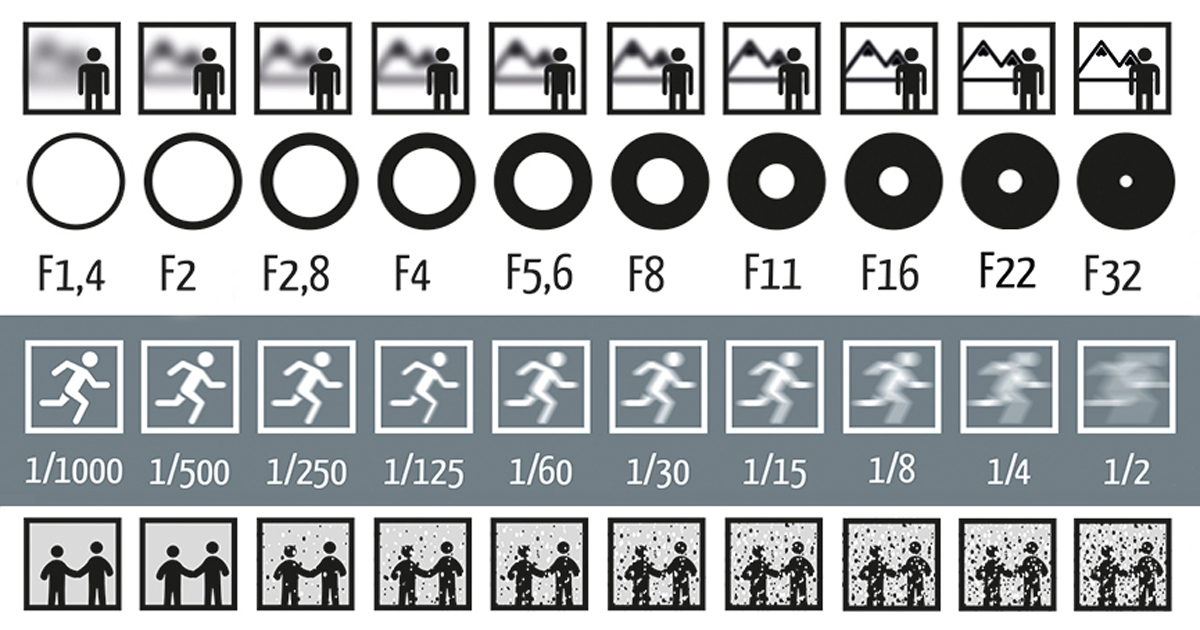

Even if you don?t have an expensive camera with the latest features and facilities, it doesn?t matter much. Photography depends more on the photographer than the equipment. All you need is the right knowledge, experience, and professional approach to photography! So, let?s dive deeper into the matter to understand what is actually needed to become a professional photographer from home. As you reach the end of this article, your view towards photography will surely change to some extent, in a positive way. You can easily become a professional photographer from home if you have the motivation and you learn key techniques of photography.
You need just two things to take photography as a profession
- Learn the Basics
- Become Professional in Approach
Here I am going to discuss the basic and key techniques of photography along with the strategy that you should take to start photography as your career just working from your home. The article elaboratively discusses most of the technics of photography from basic to advanced and hence will take time to go through them.
So sit back, relax and enjoy the professional photography details.
PART 1:- Learn the Basics
Camera Basics:
Whatever be your camera, you have to know its every detail & specification. Starting from the buttons on the camera to its settings of photos, all the information is necessary while taking pictures. Explore different camera settings while shooting, this will open up many hidden potentials that are already inside your camera and obviously in You!
The Perfect Exposure:
Exposure, in photography, means light falling on the camera sensor. It is more of a science than an art, to understand how the appropriate amount of light required for a perfectly exposed photo depends upon three basic controls of the camera. i.e., ISO, Aperture, and Shutter Speed.

Each of them has two functions, one is with the light and another is of its own.
- ISO: Basically, it means the sensibility of the camera sensor to the light. The more the ISO is, the greater is the amount of light captured by the sensor. As ISO is increased, there comes more Noise into the photo. Naturally, at ISOs around 3200 or 6400, the image becomes a little bit noisy, though in good and expensive cameras it gives crystal clear images even at higher ISOs.
- Aperture: It means the opening diameter of a lens?s diaphragm. It is expressed as f-number or f-stop. The greater the number will be, the smaller the aperture will be and subsequently lesser amount of light will come in and vice versa. There is another function of the aperture which controls DOF or Depth of Field, or in simple language background blur. As we increase the f-number, DOF will increase & the background will be clearer but to increase background blur we have to decrease the f-number. (A pro tip:- During shooting landscape, where you want increased DOF, try to keep aperture between f8 to f11. Increasing it to a very high number like f22 may cause diffraction, thus decreasing your image sharpness.)
- Shutter speed: It is the amount of time the shutter is open, allowing light to come in. More the shutter speed, there comes less light to the camera sensor and vice versa. Another attribute of shutter speed is that, as we increase its number there is less motion blur and we get freeze motion & as we decrease it, we get a blurred and smooth image. Imagine shooting a fountain with high and low shutter speeds! These 3 elements control the amount of light that falls on the sensor and decide how the picture will appear. They together make the Exposure triangle. Professional photographers make an excellent balance between these to capture a stunning image!
These 3 elements control the amount of light that falls on the sensor and decide how the picture will appear. They together make the Exposure triangle. Professional photographers make an excellent balance between these to capture a stunning image!
Develop Perspective:
Photography is all about how you see the subject, be it a human being, a material object or a beautiful landscape. Try to develop a photogenic eye. As you see your subject, you should realize what aspect ratio will be perfect for your shot.
- Explore different angles: Try to take pictures from different angles, don?t shoot everything at eye level. Shift your position to different places, bend a little, lie down, lift your camera and try all the possible positions and angles to get the best shot.

- Use different techniques: Experiment with your techniques while you shoot. Use the Bokeh effect, use reflections, use different light sources, etc. to make your photo beautiful. You may try the different effects that are available in your camera, sometimes they give the image an extra touch.
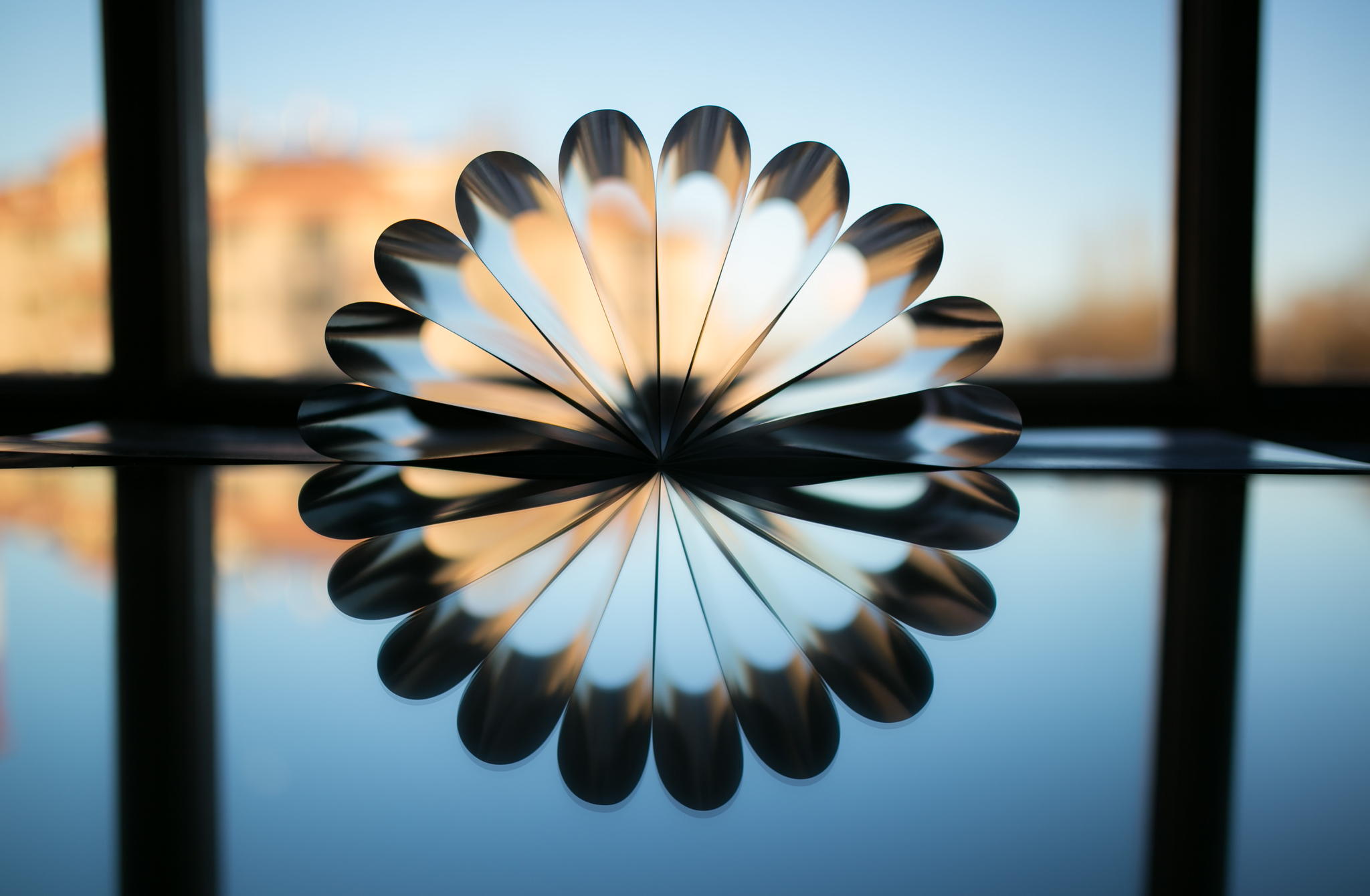
- Shoot in Golden Hour: Another thing to keep in mind, when you?re a beginner in photography, that probably you don?t have a studio or artificial light sources. Try to shoot in natural light sources and try to shoot in Golden Hour, i.e., in the early mornings and late afternoons when Sun gives the perfect exposure for taking pictures.

Composition of a Great Image:
It is the technique by which you arrange the elements of your photo to make it attractive and significant. Composition helps to tell the story behind a picture. There are several rules to follow in order to compose a beautiful picture.
- Rule of Thirds: A very common rule that tells you to divide your image into 9 equal parts by imaginary horizontal and vertical lines and keep the main subject at the intersection points. The horizon should be near the lower horizontal line.
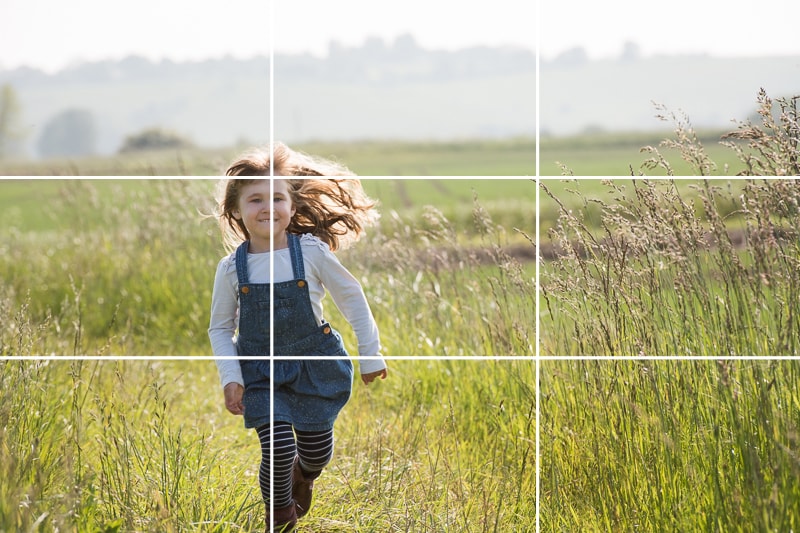
- Centered Composition: Keeping your subject at the intersection points of the thirds doesn?t always produce perfect images. Sometimes you have to keep it in the central position to hold all the focus on the subject and keeping it in contrast to the background (especially in the case of portraits).
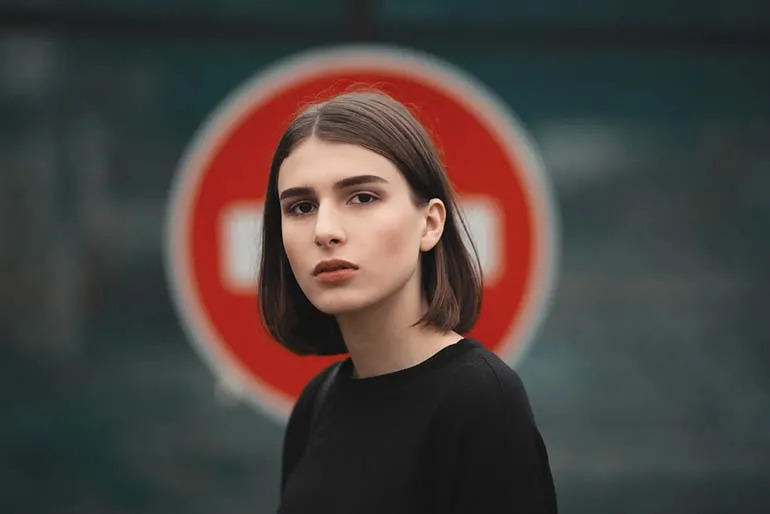
- Symmetry: Try to find some symmetry or reflection in your images. These things give the image a stunning and premium look. Symmetry may be vertical or horizontal but the subject should be in the center.
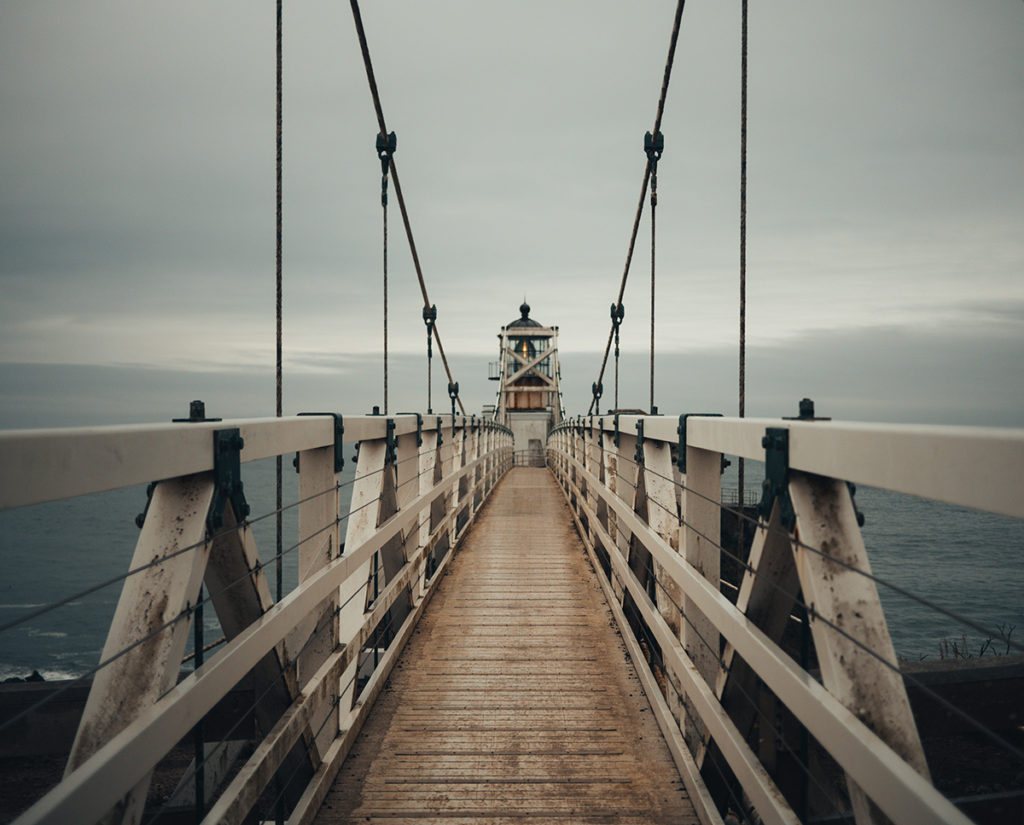
- Leading Lines: This is basically some converging imaginary lines present in a frame that captures the sight of the viewers at the point where they meet.
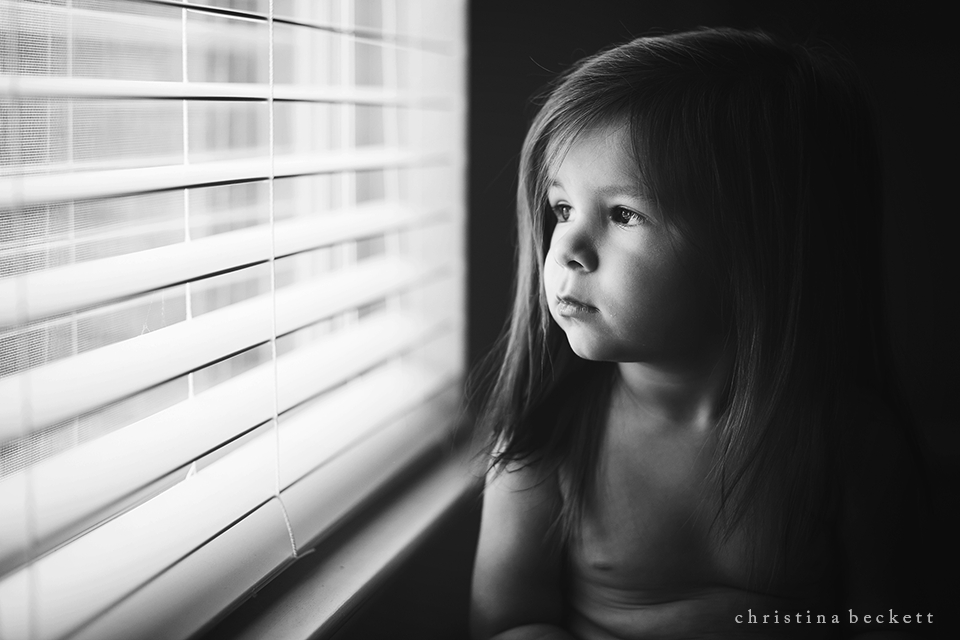
- Foreground Interest: It complements the scene, making it more dynamic from the foreground to the midground and finally to the background.

- Focal Length: Control your focal length wisely as it not only brings your subject in focus or sharpens your image, but blurs out the unimportant objects or backgrounds. So, it attributes to the meaning of the image to a great extent.

- Break the Rules: This paradoxical statement is not for confusing you, it is only to make you understand the magnitude of photography. As you become aware and used to all the rules and techniques of photography, you can manipulate them to make even better photos depending upon your expertise.
Master Post-production:
Editing a photo has always been a matter to consider with utmost importance. As you cannot always have the best shot, you should know how to correct the mistakes done while shooting, the glitches that come in the way of capturing the exact frame and bring that effect that differentiates a professional photo from an average one.
There are several elements in post-production of images, including Enhancing colours, retouching, cropping, enhancing looks by makeup, fixing hair, etc., adjusting brightness and contrast, sharpening photos, applying levels, curves, noise, grains or artifacts, converting to monochrome and many more.

There are several paid as well as free software that can be used to edit photos. They run both on Androids, iOS, Mac and Windows. Search the internet to find some and start to learn the basic editing from today as it takes quite a long to become an expert level photo editor. In the beginning, you will not be able to use that software on your own, so go through their tutorials, Youtube videos, or any other courses that teach you about how to use that software (especially needed for Adobe Photoshop CC).
Have Online Courses:
It?s very important to learn from the right sources and to make the fundamentals clear. This is the foundation in becoming a professional in any field. Either you learn photography for your passion or profession, it?s quite important to have at least one course in photography, either it is a paid or a free one. You can have some free professional photographer course.
There are many photography schools in every country which provide degree or diploma courses in photography, but if you don?t have the time to attend one or you?re not sure about investing money in any course related to photography or simply you?re not interested in them. You can become a professional photographer without going to school. You can opt for a free online course (there are paid online courses also) from home. There are several free online courses available on the internet nowadays, some of them offer certificates also.
E.g.:- Shaw academy?s Professional Diploma in Photography (very useful), Alison?s Online course in basic and advanced photography, Lynda.com?s photography course, etc.
You can learn from Youtube also:- Marc Levoy?s Lectures on digital photography, Saurav Sinha?s Youtube channel, etc.
PART 2:- Become Professional in Approach
Clicking photos professionally and taking photography as your profession are two completely different things, the former being a mere part of the latter. You have to keep in mind several things, maintain the rules and practice a proper approach to take your skill from a level of passion to the level of the profession.
Although, you?ll have the advantage of flexible working hours, enjoy meeting new people, attend many events, have the opportunity to work with other creative people, earn a quite satisfactory amount of money and after all, make money using the skill that you already enjoy!
Do an Internship from a Professional Photographer:
Photography depends both upon practical and theoretical knowledge. An online course can give you theoretical learnings while working with a professional can give you practical lessons. It is not mandatory, but if you get a chance to work with a professional photographer, grab it without a second thought, even if you don?t get paid for that job.
Believe me, working with a professional, seeing him/her taking photos, understanding their perspective, getting influenced by their knowledge is something beyond money. This will not only help you in improving your photography but will give you sources of further work from them also. Always keep a learning mentality, don?t hesitate to ask questions, even if you get scolded by them don?t be upset, these are going to improve your photography in the long run.
After you realize that you?ve learned most of the things from them, you can switch to a greater photographer or can start photography of your own!
Create a Portfolio:
A portfolio is documentation of your knowledge and skills in photography. It may be an album, a photo book, a magazine, your website or social media, or any traditional art portfolio. It should be in printed form as well as in online form. Printed form will give clients better clarity, communication, and a sense of professionalism while an online portfolio helps to build interest in businesses, share samples quickly and easily and update the library regularly without any difficulty. Your social media accounts could help to build a great engagement of your work and plays an impressive role in getting your creation to people?s attention.
Other Tips for Becoming a Professional photographer:
- Built a Network: Don?t be shy or afraid to reach out to people, it will help you to get in contact with more clients and also show your professionalism.
- Find a niche: At first, try to shoot in every genre, observe your expertise and interest in a particular field, and then narrow down your interest to a specific niche.
- Marketing: Learn to market your work, take a marketing course if you can. Create a brand for your work. Use freelancing platforms to get clients who can hire you as a part-time photographer.
- Showcase your work: Never hesitate to exhibit your works publicly, keeping in mind the issue of the copyright claim, of course!
In the end, don?t compare yourself with others in a negative way. Try to learn from everybody, regularly brush up your skills, push your boundaries, motivate yourself every day, never look down upon your skills, and always know one thing? We all have unlimited potentials, the only thing we have to do is to unleash it. So, if you want to start photography professionally, the best time is NOW!
CONTINUE READING
Professional photographer from home
Professional photography
Photography career
Photography key techniques
Basic of photography
Photography
Brishti Chakraborty
Writer
